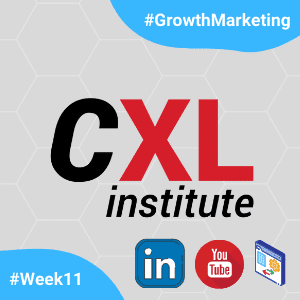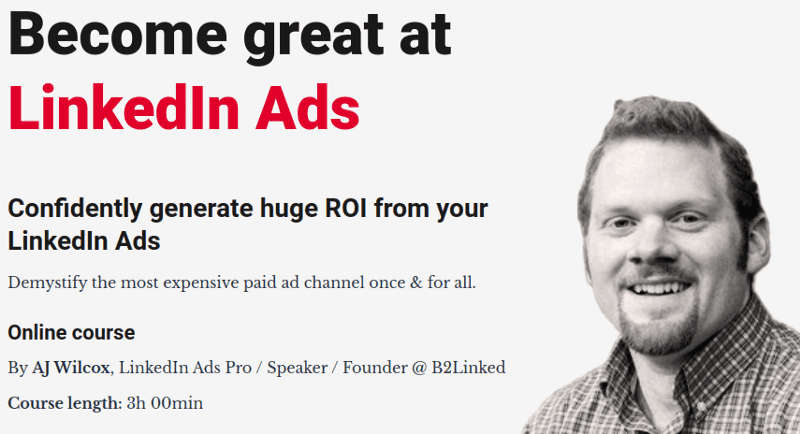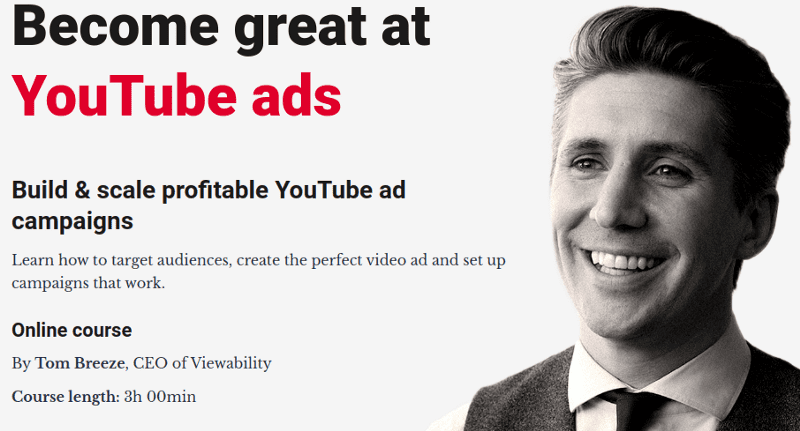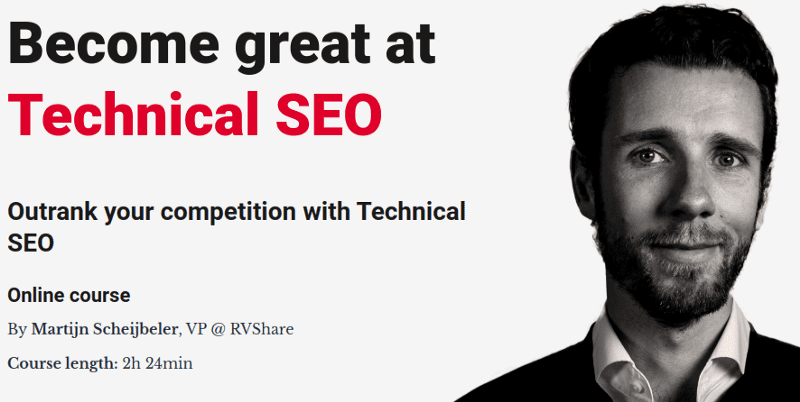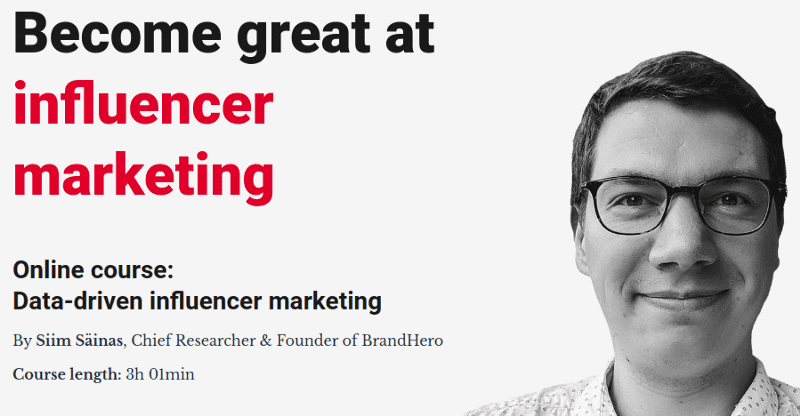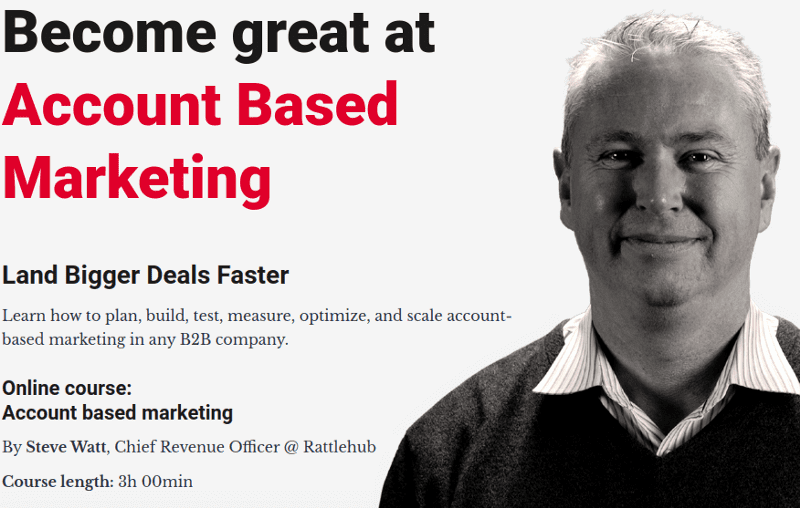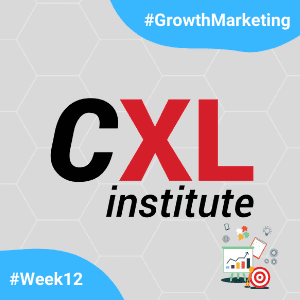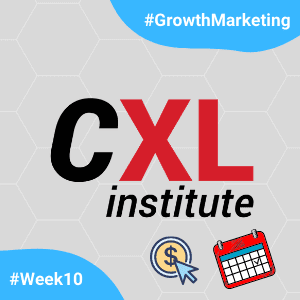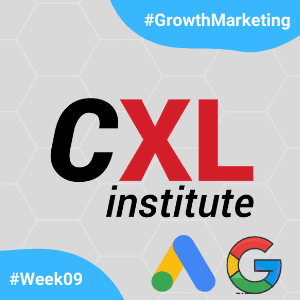Today I complete eleven weeks of study of the Growth Marketing Minidegree by the CXL Institute! I have only one more week to finish my journey. As part of the CXL’s Scholarship Program, I study some new topics every week and, for twelve weeks, write a little bit about part of what I’ve learned. So far, I have already written the following texts:
- Week 01: organization of the course and the relevance of the topic.
- Week 02: importance of carrying out growth experiments.
- Week 03: A / B tests and fundamentals of statistics for more assertive results.
- Week 04: Google Analytics for beginners. Main features, reports and analysis.
- Week 05: Intermediate Google Analytics. More advanced features, personalized views and methods to find solutions.
- Week 06: Google Tag Manager for Beginners. Basic features of an essential tool for collecting user behavior data.
- Week 07: Conversion Studies with Landing Page Optimization courses, to create pages that convert, and Product Messaging, to send the right message.
- Week 08: Start of the most technical module of the course, Channel-specific growth skills, with courses on Facebook Ads, Email Marketing and Messaging Strategy.
- Week 09: Google. Course on Google Ads and Content Strategy for SEO.
- Week 10: Retention, PPC and SEO driven editorial calendar.
For this week, I finally complete the section on Channel-specific growth skills, the hardest part of the course, since several technical topics are taught with some level of depth. In the text of three weeks ago, I wrote about the section in general, with my planning to deal with all these more technical topics. For this week, I will end the section with 5 courses: Linkedin Ads, Youtube Ads, Technical SEO (one of my favorites), Data-driven influencer marketing and Account Based Marketing. Below, I have separated some of my main insights about the courses.
LinkedIn advertising
The course Linkedin Ads CXL is taught by AJ Wilcox. In 3 hours of video content, it shows the power of LinkedIn to create more accurate targets, develop better offers, refine the sales funnel and maximize the ROI of campaigns. AJ shows you how to create offers that stand out and deliver them to intelligently targeted audiences, allowing you to scale campaigns and manage them efficiently.
(Linkedin Ads, CXL Institute)
The course is divided into 4 parts. In the first one, The basics of LinkedIn Ads, we have a short introduction to the tool, understanding when it is a good option. We see what are the best occasions to use it, how to find our audiences, what LinkedIn Ad units are and how to make good ad copy and, finally, how to create offers that attract attention.
In the second part, Advanced LinkedIn Ads, AJ shows how to develop strategies based on what we already set up at the beginning of the course. In this section, we see techniques to improve targeting, focusing on the right prospects, bidding techniques, to spend less and improve ROI, techniques for structuring Ads, retargeting and tagging.
In the next part, Putting it into action, we see how to implement the techniques taught in a real account. AJ shows how details about the LinkedIn Ads account work, how to create a campaign and how to create Ads.
Finally, in the Analysis, analytics, and closing the loop section we see how to integrate the platform with other tools we use, such as Google Analytics and CRM tools. In addition, we see how to improve performance with the data we obtain.
Youtube Ads
The course Youtube Ads is taught by Tom Breeze and is 3 hours long. Despite the short duration, this course is full of information! I’m not that familiar with the YouTube channel as a whole, so the course seemed especially dense. In a short time, we see how to find new customers on the tool, how to use a 7-step method to create perfect video ads, how to identify the keywords associated with our business to clarify our strategies, how to use youtube artificial intelligence to our advantage and how to improve and correct campaigns.
(Youtube Ads, CXL Institute)
The lessons are divided into 5 parts. At Introduction, Tom briefly explains the basics needed to create ads on the tool. We see information about targeting, understanding consumer behavior and financial planning for campaigns.
Next, in Rapid research, we see about keywords. With a brainstorming challenge, we see how to expand the reach of our campaigns and optimize the search for our audience. Tom also shows some naming conventions to make our organization easier.
In the section Video creation, Tom applies a framework to create the perfect video, using the best possible formats, with a campaign strategy consistent with a defined budget.
In Getting setup, we see how to use Google Ads to set up Pixel and manage our account. In the last part, Campaign builds, we see how to build, optimize and scale campaigns step-by-step.
Technical SEO
The course on Technical SEO, by Martijn Scheijbeler, is almost 2 and a half hours long. It must have been one of the courses I liked the most. I was able to put into practice some of my development-related skills. In a short time, we see details about technical audit, URL structure, influence of JavaScript frameworks on SEO, XML Sitemaps, structured data and domain and URL strategy. Lots of technical and useful information.
(Technical SEO, CXL Institute)
Even though the course is short, it is quite dense. In just 8 parts (it could have been 20), we see details about how the technical structure of the site can influence SEO indicators. I am not going to go into too much detail about what is covered because I intend to create more content on the topic in the near future. Martijn starts the course by showing the basics of Technical SEO. It then shows how the structure of URLs can influence how the site is understood.
The behavior of crawlers is a theme for the next class, showing how spider bots understand the information on the site. Soon after, we see details about sitemaps.
The Structured Data Markup class was one of the most interesting. Building the site in a way that makes it easier to read Google can be a significant gain in visibility. In the next class, we look at improving the speed of the site, hitting technicalities so as not to be at a disadvantage.
In the last two classes, we see how to do SEO internationally and how the future of SEO will be, with AMPs (Accelerated Mobile Pages) and PWAs (Progressive Web Apps).
Data-driven influencer marketing
With just over 3 hours in duration, the Data-driven influencer marketing course, taught by Siim Säinas, is perfect for anyone looking to use the power of influencers and content creators to leverage the growth of a brand, using the best strategies.
(Data-driven influencer marketing, CXL Institute)
The course consists of 10 parts, in which Siim teaches from the beginning, showing what Influencer Marketing is, how to create campaigns and how to measure them. In addition, the instructor shows us how to identify influencers, selecting those that fit the brand.
We also see parts related to bureaucracies in the influence market and, finally, how to measure results.
Account based marketing
The course entitled Account based marketing at the CXL Institute is taught by Steve Watt. In 3 hours of content, we see details about what it is like to work in B2B organizations with high negotiation values, how to distance ourselves from the market of promotional marketers and how to achieve smaller sales cycles, with higher margins and greater customer retention.
(Account based marketing, CXL Institute)
In 6 classes, Steve shows from the principles of ABM (Account Based Marketing) to specific strategies, related to customer selection, research and channel identification. In addition, the instructor also shows how to optimize and scale the service, as well as details about ABM tools and careers.
Next week…
In the last week of the minidegree, I will study sections 6 and 7 of the course: Growth program management and Management. I’m very happy to have made it this far! I hope to see you in the last text of this sequence next week! Until then.
